Are you a fan of America’s favorite pastime, baseball? Whether or not you’re an avid baseball enthusiast, one fact remains the same – you need to know how much a single ball weighs in order to really get involved with the sport. Have no fear; we are here! In this post, we will provide details on what goes into creating a regulation-sized and weighted baseball as well as delving further into why and how it weighs what it does. We hope this blog post serves not only as an informative read but also allows prospective hitters and pitchers alike to understand more deeply why precision is so important when throwing or batting around littlestar.
How Much Does A Little League Baseball Weigh?
Generally speaking, a Little League Baseball should weigh 5 ounces. Depending on the league or age group of the players, they may also use a 6-ounce baseball. With that being said, an official Little League Baseball must be between 5 and 7 ounces in weight and must measure 2 3/4 to 3 inches in circumference. It is important that all balls used meet this criteria so as not to give any player an unfair advantage over another based on a heavier or lighter ball.
Additionally, all balls should have raised seams with a smooth surface to create less drag when the ball is thrown or batted. This helps ensure that all players are playing fairly no matter which team they are competing against. So remember, when it comes time for your next Little League game, make sure all players have a ball that meets the weight and circumference requirements for their age group. That way everyone can enjoy a fair and fun game of Baseball! [1]
How Much Does An MLB Ball Weigh?
In Major League Baseball (MLB), the regulations demand that a baseball weigh between 5 and 5.25 ounces, with its circumference measuring from 9 to 9.25 inches – no more, no less! A ball that’s too light or too heavy is considered illegal for play in a professional game, so the weight must remain consistent across all balls used in an MLB game. The average baseball weighs about five ounces when dry, but can weigh up to 6 ounces when wet from rain or sweat. A harder core may also add to the overall weight of the ball.
The MLB also inspects the construction and surface finish of each ball to ensure its integrity. The stitching on a regulation MLB must be made with 108 red cotton stitches that measure 70-72 strands per inch, with an average circumference of 2¼ inches from the tip of one stitch to the next. The exact measurements and weight can be altered slightly as long as it falls within MLB’s regulations. [2]
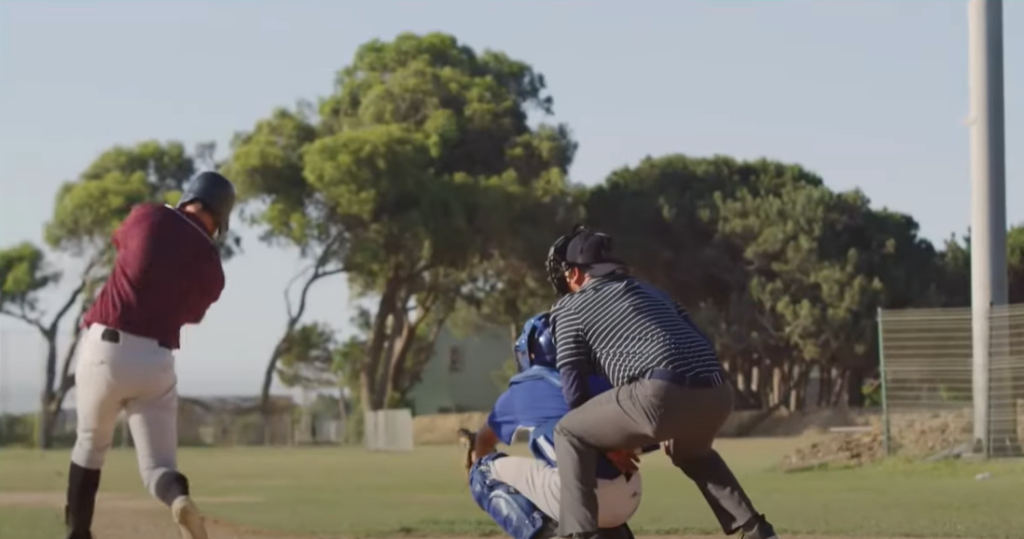
History Of Baseball
1. Dead Ball Era (1876 – 1910):
The Dead Ball Era marked the transition from a rounder, softer ball to a harder and livelier one. During this period, the weight of a baseball was standardized at 5 ounces and became an official Major League Baseball rule.
2. Live Ball Era (1911 – present):
In 1911, the American League adopted what would become known as the “live ball”, increasing the bounciness of the ball and allowing for more distance when hit. The weight of a baseball remained unchanged during this era at 5 ounces.
3. Modern Day Rules:
As of 2019, according to MLB rules, all professional baseballs must weigh between 5 and 5 1/4 ounces with a circumference of 9 to 9 1/4 inches. The baseballs are also tested for hardness, diameter, stitch count and shape. As evidenced by its long history, the weight of a baseball has remained relatively consistent over time, with only minor changes to the circumference and other aspects of the ball. The official MLB rules ensure that all professional baseballs used in play meet certain standards of quality and consistency. This ensures fair play while still allowing players to hit the ball further than in eras past. [3]
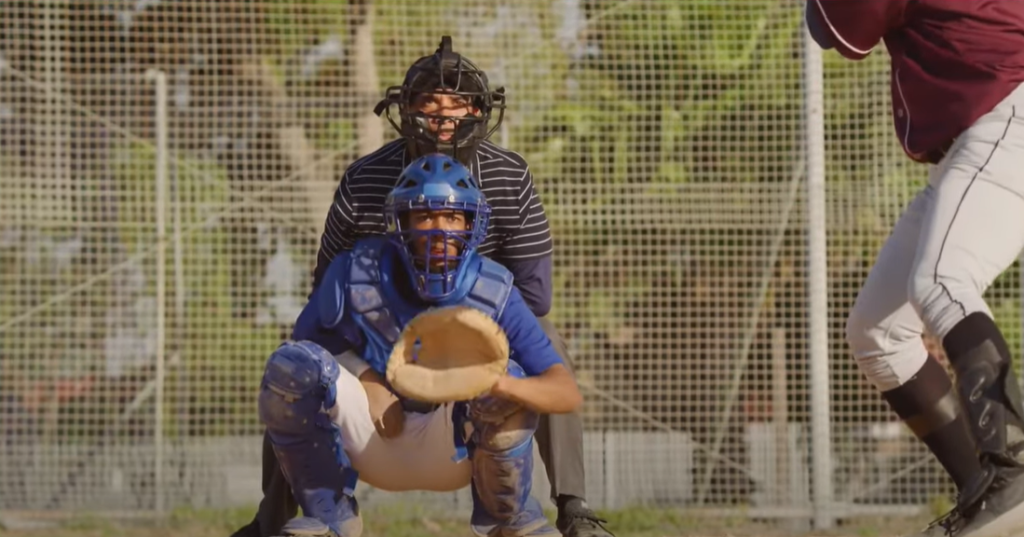
What Is A Baseball Made Of On The Inside?
A baseball is composed of three layers. The inside layer, or core, is made out of cork wrapped in a rubber and yarn composite. This inner core provides the ball with shape and includes the raised red stitching that fans are familiar with. The middle layer is composed of a combination of woolen windings tightly wound together for increased durability and resilience against impacts. Lastly, the outer layer is made from cowhide to help protect it from wear and tear as it travels through the air during play. All these layers work together to create a solid whole, making up one regulation-sized baseball weighing 5 ounces.
In addition to its physical components, a baseball also contains certain chemical elements such as carbon, sulfur, phosphorus and nitrogen, which help the ball maintain its structure. This combination of physical and chemical elements is essential to ensure a smooth flight path and optimal performance when hit.
In short, a regulation-sized baseball contains several layers and components that are designed to give it the strength and durability necessary to survive the rigors of professional play. From its outer cowhide layer down to its inner core of cork, rubber and yarn, each component works together to make up an official regulation baseball weighing 5 ounces. [4]
How Are Baseballs Made?
Baseballs are made with a combination of materials and processes. The core of the baseball is a cork and rubber compound that is wound tightly with a series of yarn thread layers in order to create the round shape of the ball. The yarn thread is then covered with two leather pieces, which are stitched together to form the exterior surface. After the stitching process, a coating of wax is added for extra protection against moisture.
Lastly, small raised seams (called “lacing”) are applied overtop of the stitches before the ball can be used in play. Baseballs also come in different sizes depending on whether they’re being used for professional or recreational play; most Major League Baseballs weigh 5 ounces, while those used in Little League and other recreational leagues are typically a bit lighter.
Overall, making quality baseballs requires precision and attention to detail from start to finish; from proper winding techniques to precise stitching patterns – every step matters when it comes to producing a playable ball. With the right materials and processes, you can enjoy playing with your own custom baseballs for years to come.
No matter what type of baseball you use, make sure it’s always properly inflated and inspected before each game – after all, a quality baseball is the key ingredient for any successful sporting event! [5]
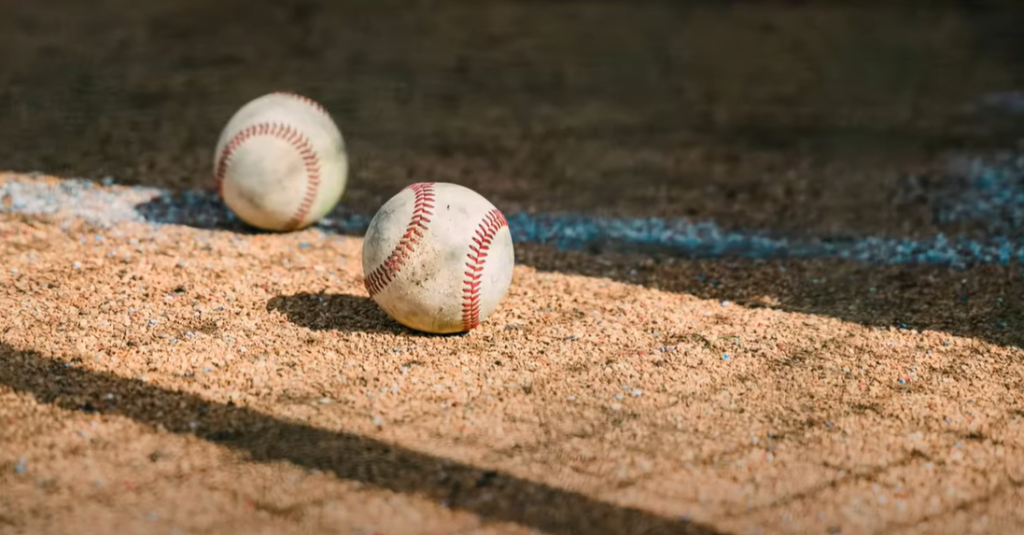
What Are Baseballs Made Of?
Baseballs are usually made of a cork center wrapped in rubber and covered with two pieces of white cowhide leather, which are stitched together using red thread. The outer layer is slightly harder than the inner core to improve performance. The material used for the ball’s core determines its weight and size; typically, baseballs weigh between 5 and 5.25 ounces (142-148 grams).
Regulation baseballs have a circumference of 9 to 9.25 inches (229-235 mm), while youth league balls can vary in size depending on age group requirements. There is also a special type of softball that is smaller than the regulation sized baseball, weighing only 4 ounces (113 grams) with an 8 inch circumference (203mm).
What Is The Average Life Of A Baseball?
The average life of a baseball depends on various factors such as the frequency of use, climate and storage conditions. Generally, an unused baseball can last from 2 to 5 years. A used baseball that is played in normal temperatures and stored properly can also last for many years. However, a used ball exposed to extreme weather or temperature changes may only last for a few months before its quality begins to suffer.
It’s important to replace any worn-out balls with fresh ones in order to get the most out of your game. The life span can also be affected by how often it is rubbed with mud before being used as this helps preserve and keep the stitching strong. By taking proper care of your balls you can ensure they serve you well for many seasons.
Moreover, a professional-level baseball can last longer than lower quality balls due to the superior build of its materials. The type of stitching used by major league teams also plays an important role in ensuring the longevity of the ball. Professional-grade baseballs are made with higher quality yarn and use tighter stitches to better hold up under pressure and heavy use. This makes them more durable, allowing them to last much longer than their lower quality counterparts. By investing in quality products you can ensure that your baseballs will remain functional for years to come!
It’s important to remember that balls should always be stored at room temperature and away from direct sunlight as this helps maintain their quality. Properly cared for balls can last a lifetime and bring you many enjoyable experiences on the diamond! So, with proper care and storage, your baseballs will keep you playing and scoring runs throughout the entire season.
Types Of Baseballs
Ordinary Baseballs
The most common type of baseballs are the standard, regulation size balls used in major and minor league baseball. Regulation size is 9 to 9 1/4 inches in circumference, weighing 5 to 5 1/4 ounces with a core made from cork and rubber.
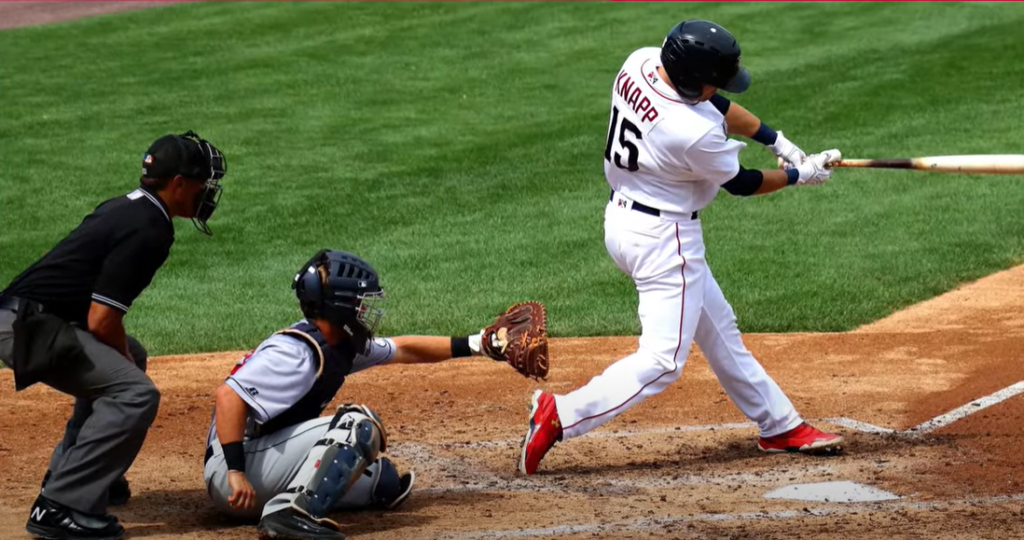
Youth Baseballs
Youth baseballs come in various sizes depending on the age group they are meant for. For instance, a youth baseball for ages 8 years old and under weighs 4 ounces and has an 8-inch circumference. For those between 8 and 11 years old, the ball weight is 4 3/4 ounces with an 8 1/2 inch circumference. Once players reach 12 years of age, they use the same regulation size as adults do (9-9 1/4 inches, 5-5 1/4 ounces).
Softballs
Softball is usually played on a smaller field than baseball and with a larger ball. Fastpitch softballs have an 11 to 11 1/4 inch circumference, weighing 6 to 7 ounces, while slow pitch softballs are 12 to 12 3/4 inches in circumference and weigh 7 to 8 ounces. Softballs have a core made from either solid rubber or cork and rubber combined.
Novelty Baseballs
Novelty baseballs often come in various sizes for novelty purposes only; these balls normally don’t adhere to the regulation size of 9-9 1/4 inches as they can be much larger or even miniatures. Novelty baseballs are used for decoration, gifts or sometimes even paperweights. They often come in a variety of interesting shapes and colors, but may not be suitable for actual game play.
Training Baseballs
Training baseballs are specially designed to help players practice batting and throwing techniques without having to use regulation-sized or weighted balls. The circumference of a training ball typically ranges from 6 1/2 – 7 3/4 inches with the weight ranging from 4-5 ounces; most have an intuitive design that compliment the natural curve of a player’s hand when gripping it. [6]
Baseballs can vary in size, weight and material composition depending on their purpose; however, the standard size and weight for major and minor league games is 9-9 1/4 inches in circumference and 5-5 1/4 ounces. Youth baseballs, softballs and training baseballs also come in a variety of sizes to fit the age and skill level of their intended players. Novelty baseballs can be much smaller or larger than regulation size, but are often only used for decoration or gifts.
Regardless of type, all baseballs have one thing in common – they offer hours of enjoyment while playing America’s favorite pastime!

Benefits of Baseball Weight
The weight of a baseball is important for more than just a fun fact. An official Major League Baseball must weigh exactly 5 ounces, or 142 grams. This precise measurement ensures that the ball meets certain specifications, such as size and compression.
The consistency of each ball helps to maintain fairness in the game and prevents any particular team from having an advantage over another due to different weights. Because of this strict regulation, players can trust that when they’re throwing the ball it will behave in a predictable manner every time. The weight of a baseball also plays an important role on offense and defense. A heavier ball requires more force to throw so pitchers may choose lighter balls if they want their throws to reach home plate faster than usual.
On the other hand, a hitter may prefer to use heavier balls if they want to gain more power and hit the ball farther. In addition to affecting game play, the weight of a baseball also has an impact on safety. Heavier balls are more likely to cause serious injury when thrown at high speeds, so adhering to the 5 ounce rule prevents these types of accidents from occurring in professional baseball games.
Overall, the weight of a baseball is essential for ensuring fair competition and protecting players’ health during games. Even though it may seem like a small detail, this regulation helps create an even playing field for all teams involved in Major League Baseball.
FAQ
How much does a baseball weigh in kg?
A baseball typically weighs 0.145 kg or 5 ounces. The official MLB ball is a bit heavier, weighing in at 0.15 kg or 5.125 ounces.
What is the circumference of a baseball?
The circumference of a regulation baseball used in Major League Baseball (MLB) is 9 inches and its diameter is 2.86 inches. The official regulation weight must be between 5 ounces and 5 1/4 ounces, with an average mass of around 5 1/8 ounces per ball.
Are there different types of baseballs?
Yes, there are different types of baseballs available depending on the league and age level that they are intended for use. Youth leagues tend to use smaller sized balls with a lower weight while Major League Baseball (MLB) uses the standard size and weight of a regulation ball. There are also different types of balls used for specific situations, such as night games or indoor tournaments. Additionally, there are softer baseballs designed to reduce the impact on younger players. These typically have a lower mass than regulation baseballs. Finally, some leagues may use heavier or lighter baseballs for specific reasons such as training purposes.
Does a baseball weigh a pound?
This is a common question and the answer is, no. Baseballs weigh between 5 and 5 1/4 ounces, with some variation in size depending on the manufacturer. Although it may seem small, this difference can have an impact on how the baseball moves through the air. A slightly lighter ball will move faster after being thrown, while a heavier one will travel at a slower rate of speed. The weight of a baseball also affects its mass and density, which has implications when trying to hit or throw it accurately. So if you’re wondering why your fly ball never seems to reach home plate in time, it might just be down to the weight of that pesky baseball!

Is a baseball heavier than a football?
No, a baseball is not heavier than a football. Footballs weigh between 14 to 15 ounces, making them much heavier than its round counterpart. The weight difference between the two sports balls can make a big impact on how they are thrown and kicked in their respective sports. Footballs are designed to be slightly heavier so they can travel farther and faster when thrown by an experienced player, while baseballs remain relatively lightweight because they must be accurately controlled by the pitcher’s arm.
How heavy is a tennis ball?
Tennis balls are much lighter than baseballs and footballs. The typical weight of a tennis ball is around 2 ounces, making them less than half the size of a traditional baseball. This difference in weight affects how the ball moves through the air because it will travel at a slower rate of speed when hit with a racket. Tennis players must be more accurate and precise when aiming their shots to ensure they make contact with the ball, which is why professional players practice and perfect their technique. All in all, sports balls may be small but they come in all shapes and sizes. Each has its own unique properties that can determine how well you play your game.
Which sport has the heaviest ball?
The heaviest ball is used in the sport of shot put. This metal ball, also known as a “shot”, weighs 16 pounds and can only be held by one hand. The weight of the shot impacts how far it can be thrown and requires considerable strength from the athlete who throws it. Shotput athletes must also have strong technique to ensure that their throw goes as far as possible, so this is definitely not a sport for the faint-hearted! All in all, there are many different sizes and weights of sports balls out there. From tennis balls to footballs to shots, each has its own unique properties that dictate how well you play your game.
Useful Video: How Much Does A Baseball Weigh?
Conclusion
The official weight of a baseball is 5 ounces, but it can vary slightly from ball to ball. The actual weight of a baseball can be affected by the meteorological conditions on game day and the type of cover used on the ball. Regardless, all baseballs must weigh between 4 1/2 and 5 1/2 ounces in order to be considered legal for play. Therefore, when playing or practicing with baseballs, it is important to always confirm that they meet this standard before beginning any activity. With this information in mind, you’ll be able to better understand how much a baseball weighs and why regulation baseballs are so important for ensuring fair play and competition.
References:
- https://www.britannica.com/sports/baseball-ball
- https://www.baseballbible.net/how-much-does-a-baseball-weigh/
- https://bestbaseballreviews.com/how-much-does-a-baseball-weigh/
- https://wezen-ball.com/how-much-does-a-baseball-weigh/
- https://www.bullpenaces.com/how-much-does-a-baseball-weigh/
- https://www.nations-baseball.com/how-much-does-a-baseball-weigh/





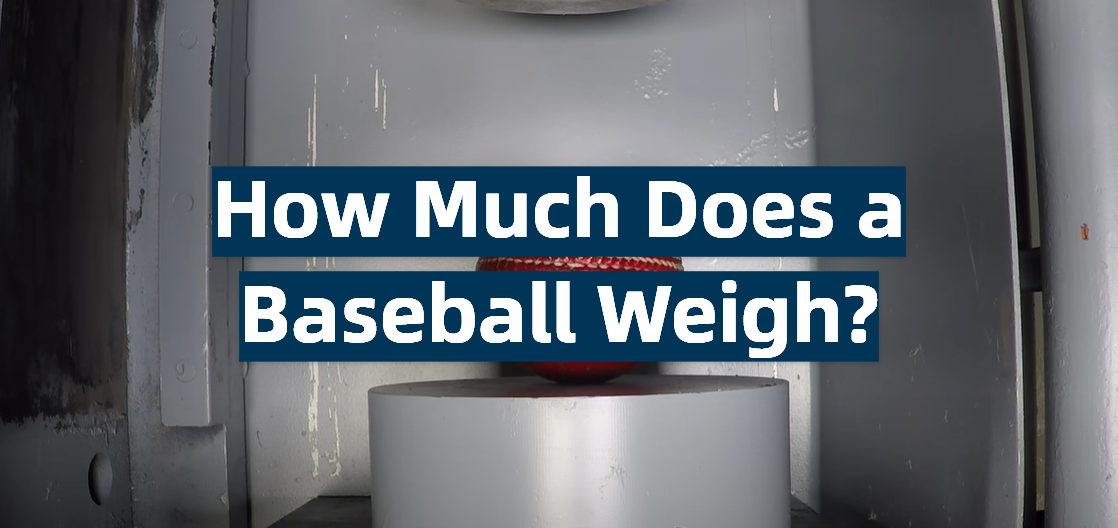



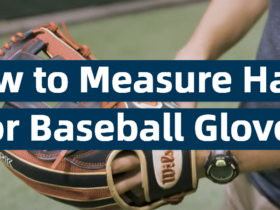
Leave a Review